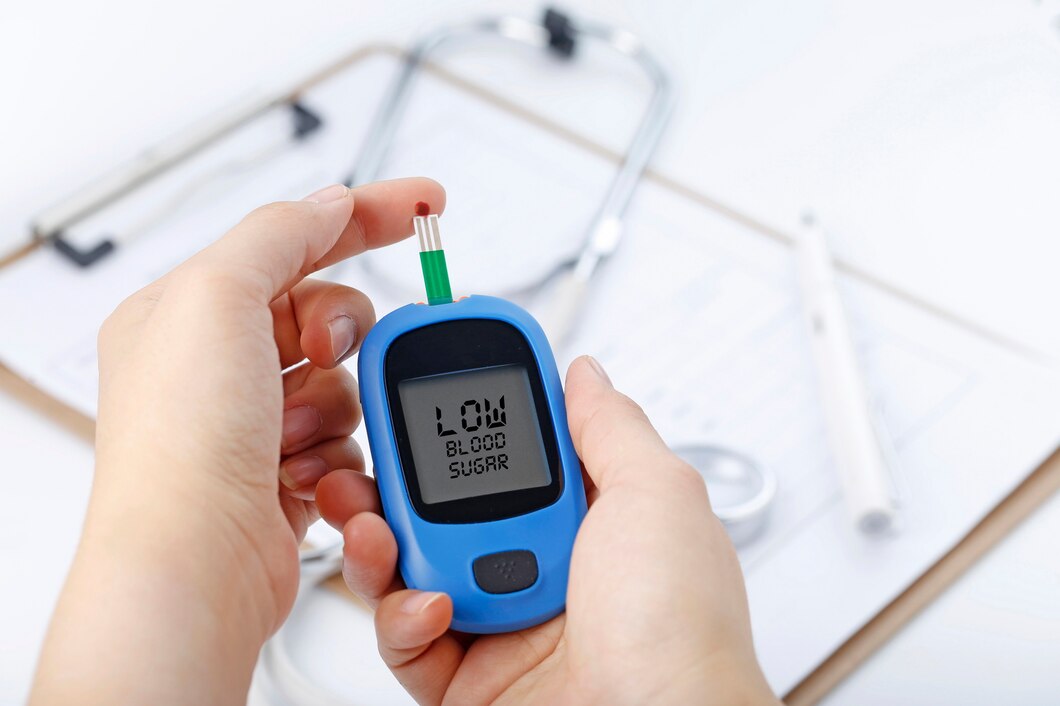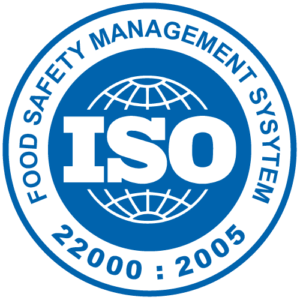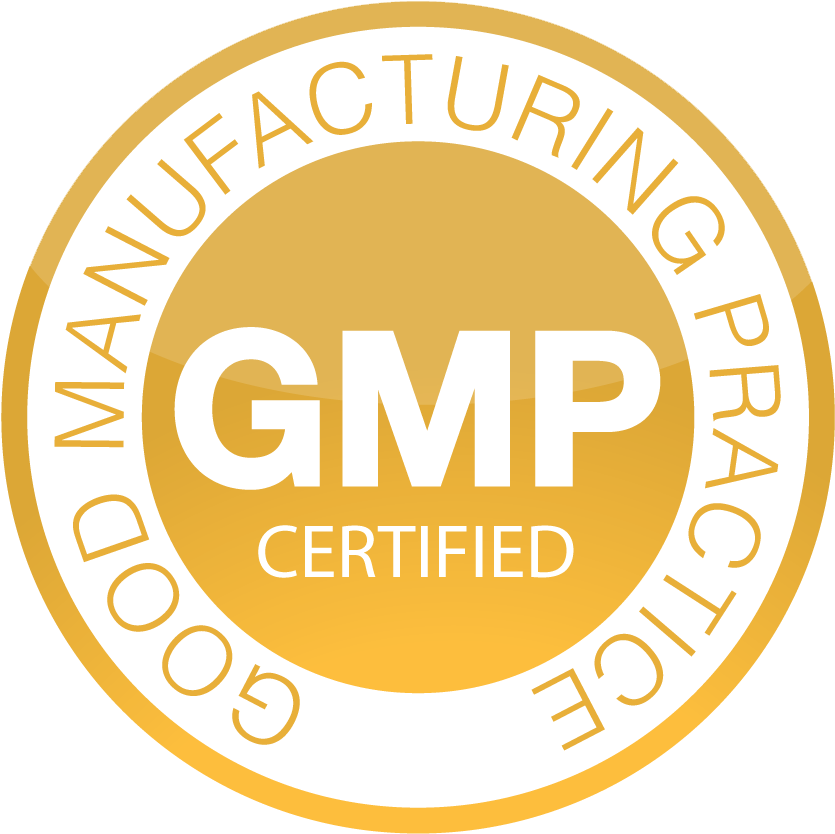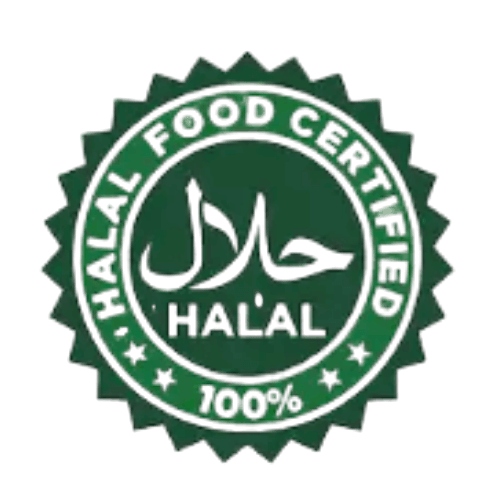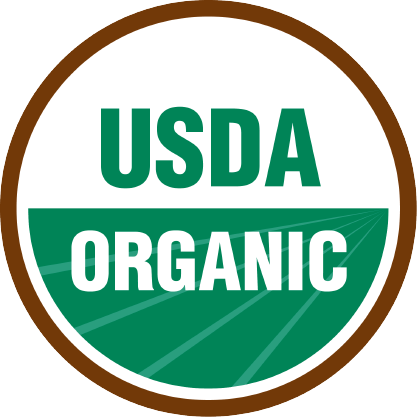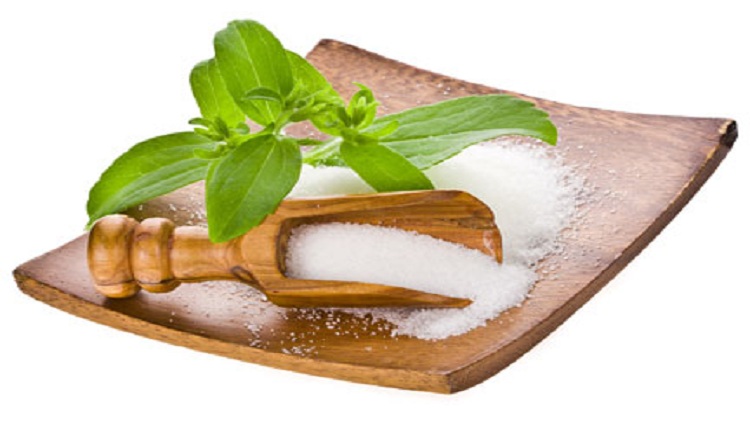
Check out main properties of Steviol glycosides and its potential in food industry!
Today, high-intensity synthetic chemicals such as acesulfame-K, aspartame, neo-tame, saccharin, and sucralose are utilized to simulate low-calorie meals. Many of these sweeteners have been demonstrated to be malignant and linked to a variety of diseases, in addition to being indigestible.
As a result, the food industry has spent tremendous effort in recent years. They have developed alternative sweetening agents derived from natural sources with similar qualities.
Thaumatin, glycyrrhizin, xylitol, phyllodulcin, mogroside, and stevioside are a few low-calorie natural substances. They’re now used in a variety of commercial products.
The molecules derived from Stevioside drew the most attention because of their high solubility in water, intense sweetness, and synergistic actions with other sweeteners.
We discuss the most recent breakthroughs in terms of steviol glycoside characteristics, extraction procedures, and analysis. We next go into how it can be used to create fruit-based foods.
Uses & application of Stevia Rebaudiana in the food industry
By increasing odors and fragrances, steviol glycosides can improve the palatability and enjoyment of food.
The growing number of Stevia-based items on the global market, including drinks, tabletop sweeteners, candies, and other processed meals. Personal hygiene products and different Japanese delicacies also support this statement.
Dry Stevia leaves have been utilized in several countries to sweeten low-calorie soft beverages, soy sauce, dried seafood, confectionery, ice cream, chewing gum, and yogurt.
More Blogs
Stevia Powder vs. Liquid
Stevia Powder Benefits
Stevia Powder Uses
